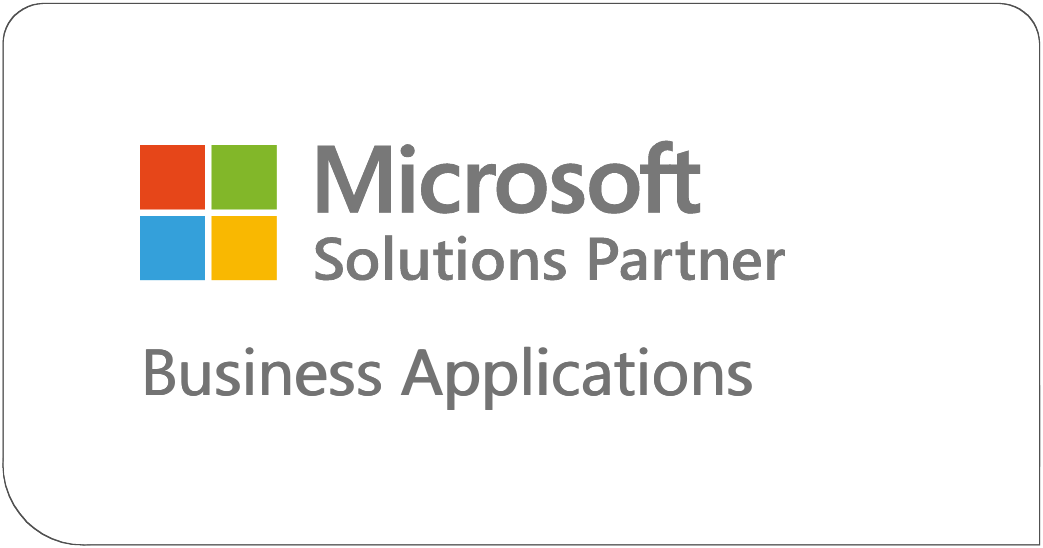| Umair Nasar

Microsoft Teams has become a key tool for verbal exchange and collaboration, helping teams join and work collectively easily. When combined with Microsoft’s Power Platform made up of Power Apps, Power Automate, Power BI, and Power Virtual Agents, Teams become even stronger. This combination boosts productiveness, streamlines workflows, and encourages innovation. Let’s examine how integrating Power Platform answers into Microsoft Teams can enhance collaboration.
What is the Power Platform?
The Power Platform includes tools that help users create apps, automate tasks, analyze data, and build chatbots without needing extensive coding skills. Here’s what each tool does:
Power Apps: Create custom applications for specific business needs.
Power Automate: Automate repetitive tasks and connect different applications.
Power BI: Generate interactive reports and dashboards to visualize data.
Power Virtual Agents: Build chatbots to help with customer support and inquiries.
Why Integrate Power Platform with Teams?
Integrating the Power Platform with Microsoft Teams offers several benefits:
- Centralized Communication: Teams acts as a hub for communication, while Power Platform tools allow users to manage tasks and workflows right in Teams. This reduces the time spent switching between apps.
- Improved Workflow Automation: Power Automate helps teams automate repetitive tasks directly within Teams, reducing manual work and mistakes. This lets team members focus on more important tasks.
- Custom Applications Available: Power Apps can be embedded in Teams, giving users access to custom apps that meet their needs. Users can manage projects and tasks without leaving Teams.
- Data-Driven Decisions: Integrating Power BI with Teams allows team members to access real-time data and reports without switching platforms. This helps everyone stay informed and make better decisions.
- Better Customer Engagement: With Power Virtual Agents, teams can create chatbots in Teams for customer service. This provides quick answers and support, improving engagement.
Real-World Examples
1. Project Management
A advertising group handling numerous campaigns can use Power Apps in Teams to create a custom project management app. Team participants can update their progress, assign duties, and tune cut-off dates all inside Teams. This continues all people aligned and decreases neglected cut-off dates.
2. Automating Approvals
In a finance department, Power Automate can help automate expense approvals directly in Teams. When an employee submits an expense request, a notification goes to the manager for approval. Once approved, the system updates record automatically, streamlining the entire process.
3. Real-Time Analytics
A income crew can advantage from integrating Power BI with Teams. By embedding a dashboard that indicates key sales metrics, crew members can monitor overall performance in real time. They can speedy perceive developments and talk insights throughout conferences, promoting a facts-pushed lifestyle.
4. Customer Support
Customer service teams can use Power Virtual Agents in Teams to enhance support. A chatbot can handle common customer questions, allowing agents to focus on more complex issues. The bot can also escalate cases to human agents when needed, ensuring timely support.
Getting Started with Integration
Here’s how to start integrating Power Platform solutions into Microsoft Teams:
Identify Needs: Determine your team’s specific needs and see where Power Platform tools can help.
Create Power Apps: Use Power Apps to build custom applications that meet those needs. Think about user experience and functionality.
Set Up Power Automate Flows: Create workflows with Power Automate to automate repetitive tasks. Integrate these flows within Teams for easy access.
Embed Power BI Dashboards: Create dashboards in Power BI and embed them in Teams for real-time data access.
Deploy Chatbots: Use Power Virtual Agents to build chatbots for common inquiries, enhancing customer and employee interactions.
Conclusion
Integrating Microsoft Power Platform with Teams can greatly improve collaboration and productivity in organizations. By combining the strengths of both platforms, teams can work more efficiently, streamline processes, and make informed decisions. In a time when teamwork is essential, using these tools can lead to better outcomes and a more connected workforce. Start exploring the integration possibilities today and unlock your team’s full potential!

